It is very important to install the bearings correctly, but in actual operation, it is always easy to go wrong, and the problems are endless. The reason is that some details have not been noticed, causing damage to the bearing during installation. This article shares several examples of error in bearing installation and the correct installation method and technique. Common error demonstration of bearing installation 1 Walking inside The shaft and the inner bore of the bearing are too loose (commonly known as "walking inner ring") Since the coupling between the shaft and the inner bore is too loose, a slip occurs between the shaft and the inner bore surface. Sliding friction will cause heat and damage the bearing due to heat. Sliding trace between the shaft and the surface of the bore 1. The inner ring end face and the shoulder are frictionally heated to generate cracks. When "walking the inner ring", the sliding friction between the inner ring and the shaft will generate a high temperature, and the temperature will be higher because the inner ring end face and the shoulder contact surface are small. The end face of the inner ring is thermally cracked, and the continuous extension of the hot crack will cause the inner ring of the bearing to break during use. 2. Adhesion occurs between the shaft and the surface of the inner hole Since the "running inner ring" causes sliding friction between the inner hole and the shaft surface, the high temperature causes the surface metal to melt and cause adhesion. 2 Walking outside The hole diameter of the housing is too loose with the outer diameter of the bearing (commonly known as "walking the outer ring") Since the fit of the housing aperture to the outer diameter of the bearing is too loose, there is a slip between their surfaces. Sliding friction will cause heat and cause the bearing to heat up and be damaged. Sliding trace between the housing aperture and the bearing outer diameter surface 1, the hammer directly hits the bearing Install the bearing with the inner ring (or outer ring) with interference fit. It is forbidden to directly hit the end surface of the inner ring (or outer ring) of the bearing with a hammer, so that it is easy to knock the rib. The sleeve should be placed on the end face of the inner ring (or outer ring) and tapped with a hammer to install. 2. Passing the mounting force through the rolling elements When the bearing with the inner ring interference fit is installed, the force cannot be transmitted to the inner ring through the outer ring and the rolling element. This will knock the bearing raceway and the surface of the rolling element, causing the bearing to generate noise and damage in advance. The correct method should use a sleeve to directly apply force to the end face of the inner ring. 3 Heating temperature is too high Some users use an acetylene spray gun to heat the inner bore of the bearing. When the heating temperature exceeds 727 ° C (phase change temperature of the bearing steel), the metallographic structure inside the bearing steel will change. When the bearing is cooled, the bearing bore cannot be restored to its original size, usually larger than the size before heating. The bearing heated by the acetylene spray gun has a black surface Correct installation method of bearings Bearings should be placed in a dry, dust-free area as far as possible, and away from equipment that can cause metal debris and dust. When it is necessary to install in a complex environment, pollution should be minimized. When installing the bearing, it should be selected according to the type and size, mechanical, heating or hydraulic. 1 Cylindrical bearing installation 1, cold installation When installing a small bearing that is not too tight, the bearing can be placed in a suitable position by tapping the sleeve through a sleeve and hammering. When striking, it should be applied as evenly as possible on the bearing ring to prevent the bearing from tilting or skewing. Most of the bearings are mounted by press-in. If the inner and outer rings of the bearing are to be fitted to the shaft and the bearing housing at the same time, it must be ensured that the same pressure acts on the inner and outer rings at the same time and must be on the same plane as the contact surface of the mounting tool. 2, hot installation Normally, for larger bearings, it is not possible to heat the bearings or housings, as the larger the force required, the greater the force required for installation. The temperature difference between the bearing ring and the shaft or housing required for thermal mounting depends primarily on the amount of interference and the diameter of the bearing fit. The temperature of the open bearing heating shall not exceed 120 °C. It is not recommended to heat bearings with seals and dust caps above 80 °C (make sure the temperature does not exceed the allowable temperature of the seals and grease). When heating the bearing, it should be heated evenly, and there must be no local overheating. Bearing induction heater 2 Tapered bearing installation For bearings with tapered bores, the inner ring is mostly installed in an interference fit. The interference is determined by the axial advancement distance of the inner ring on the conical shaft diameter, the adapter sleeve or the withdrawal sleeve. The greater the advancement distance on the conical mating surface, the smaller the radial internal clearance of the bearing. The amount of interference can be determined by measuring the amount of clearance reduction or the axial advancement distance. For small and medium-sized bearings, the inner ring can be advanced to the appropriate position on the conical shaft diameter using a bearing mounting tool or preferably with a lock nut. In the case of an adapter sleeve, use a sleeve nut that can be locked with a hook wrench or an impact wrench. The withdrawal sleeve can be pushed into the bearing bore using a bearing mounting tool or end plate. Larger bearings require more force to install, so hydraulic nuts should be used. The hydraulic nut can be used to mount the tapered bore bearing on the conical shaft diameter (Fig. 1), on the adapter sleeve (Fig. 2), and on the withdrawal sleeve (Fig. 3). figure 1 figure 2 image 3 Oil filling method The working principle of the oil filling method is that the hydraulic oil passes through the oil hole and the oil groove under high pressure, and is injected into the mating surface between the bearing and the shaft diameter to form an oil film. The oil film separates the mating faces, so that the friction between the mating faces is greatly reduced. This method is usually used to mount the bearing directly on the conical shaft diameter. The necessary oil holes and oil grooves should be part of the overall shaft design. If the adapter sleeve and the withdrawal sleeve have been machined with an oil hole sump, this method can also be used to mount the bearing on the adapter sleeve or the withdrawal sleeve. 600mm diameter Sieve Machine is a standard and popular size sieve machine. it is widely used in food, Pharmaceuticals, chemical, building materials, plastic, mining, environmental protection and other fields. Vibrating Screen,600mm Diameter Sieve Machine,Durable Vibrating Screen,swinging vibration sieve Xinxiang Xin Ming De Machinery Co., Ltd. , https://www.xmdsieve.com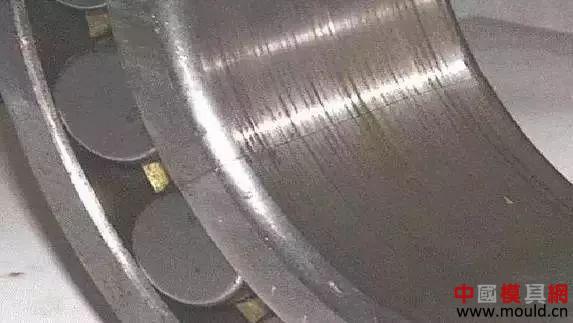

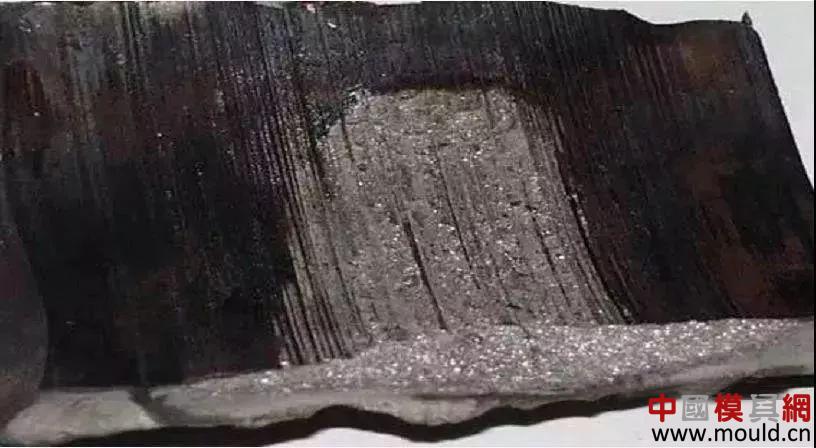
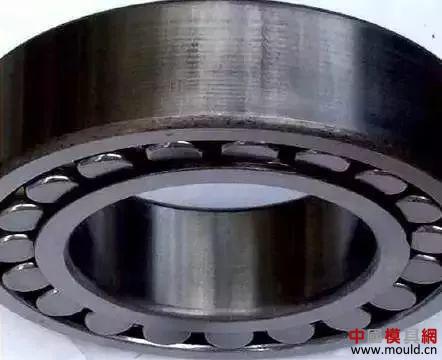
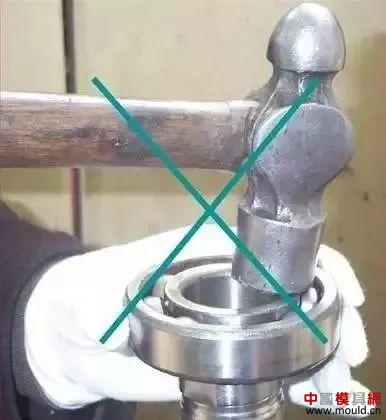
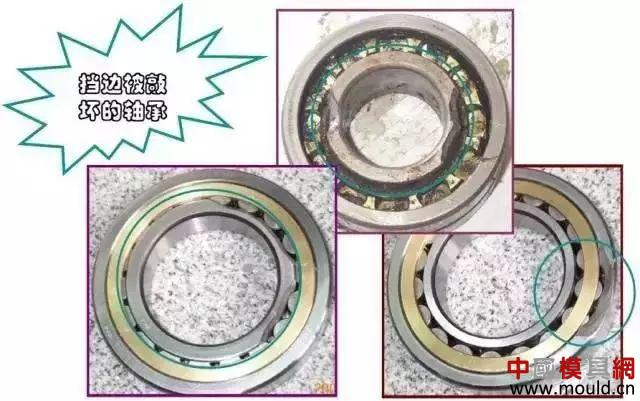

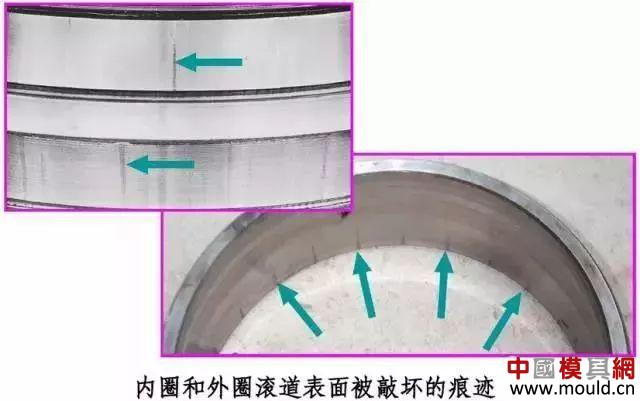
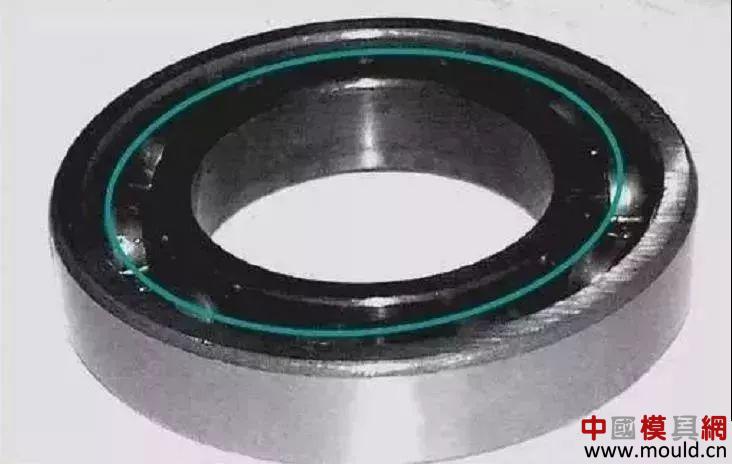
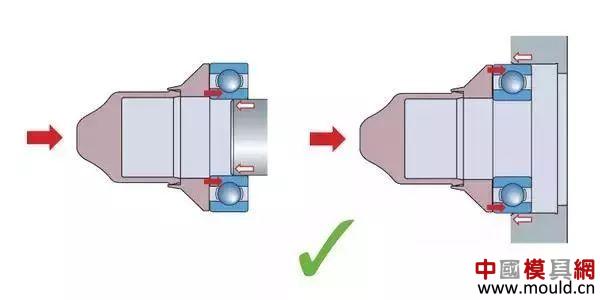
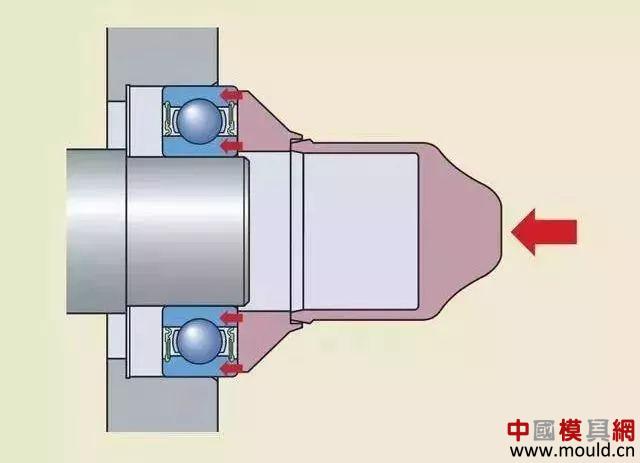
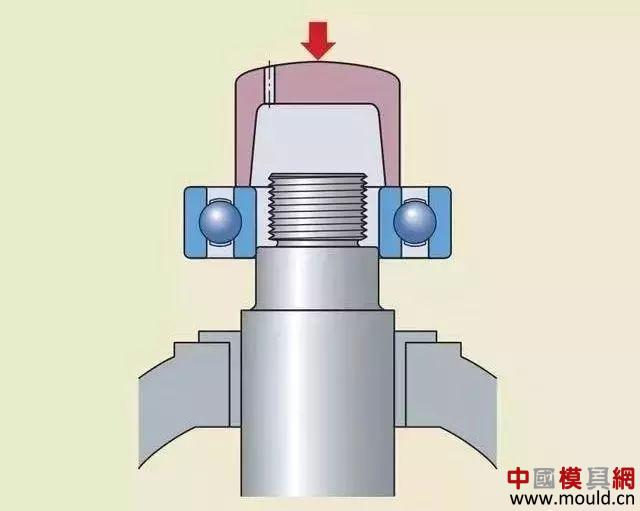
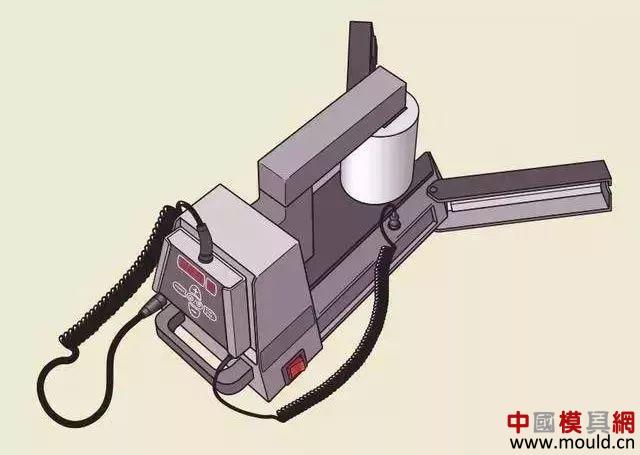

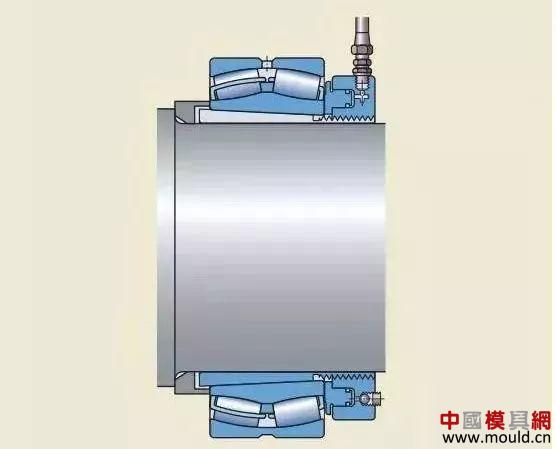
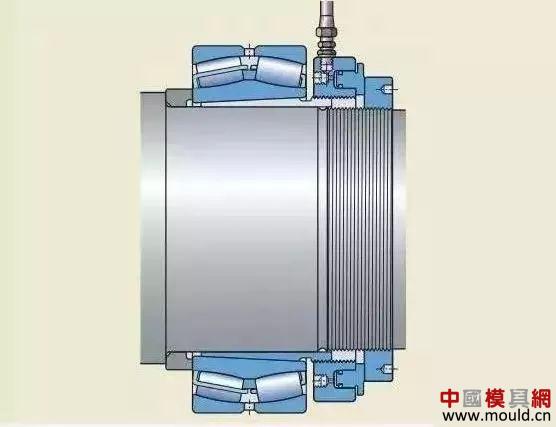
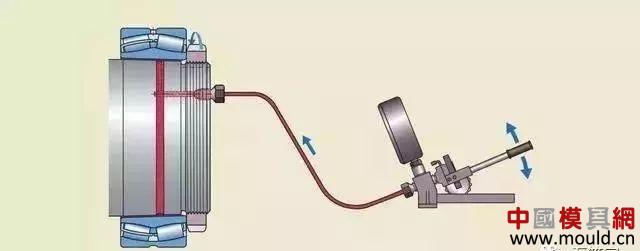
Swing Vibrating Screen Machine is an efficient sieving equipment which is designed to meet the large out put, high-density sieving of the manufacturers. It is the effective simulation of artificial sieving movement, for processing of various of powder and special materials, particularly suitable for materials which are difficult to classify.
The screen machine can fit 1 ~ 5 layers of sieves.